Reportar esta entrada
Más sobre la misma comunidad-colección
Mapa militar de la frontera del Río Grande
Military map of the Rio Grande frontier prepared from original ...
Texas el Estado de la Estrella Solitaria
Picturesque historical map of Texas with information on ...
Mapa de Texas y partes de los estados colindantes por el General Austin
Colorful map of Texas highlighting the borders between states ...
Dallas: Centro industrial y de distribución del suroeste
Colorful market and distribution map of the Southwest - Texas, ...
El Río Grande desde el Río San Juan hasta el Golfo de México
Map illustrates the Rio Grande from the San Juan River to the ...
Topografía de Texas, el condado de El Paso, cuadrángulo Cerro Alto
Topographic map of El Paso County Cerro Alto Quadrangle. The ...
Mapa de reconocimiento de Marfa, Texas
This topographic USGS map sheet indicates Marfa's surrounding ...
Topografía: la Universidad de Texas estudio de minerales
Topographic map of the Van Horn quadrangle in Texas. Indicates ...
Mapa de Texas y parte de Nuevo México
Map of Texas and part of New Mexico compiled chiefly for ...
Estado de Texas por J. De Cordova
This geographical map of Texas was compiled from the records of ...
Estados Unidos - Rutas de exploradores principales
This United States map colorfully illustrates routes taken by ...
Mapa del Río Grande, el Valle El Paso-Juarez
This map illustrates the river path between El Paso, Texas and ...
Mapa de las líneas de gas natural del suroeste de los Estados Unidos
This map illustrates natural gas pipelines extending from ...
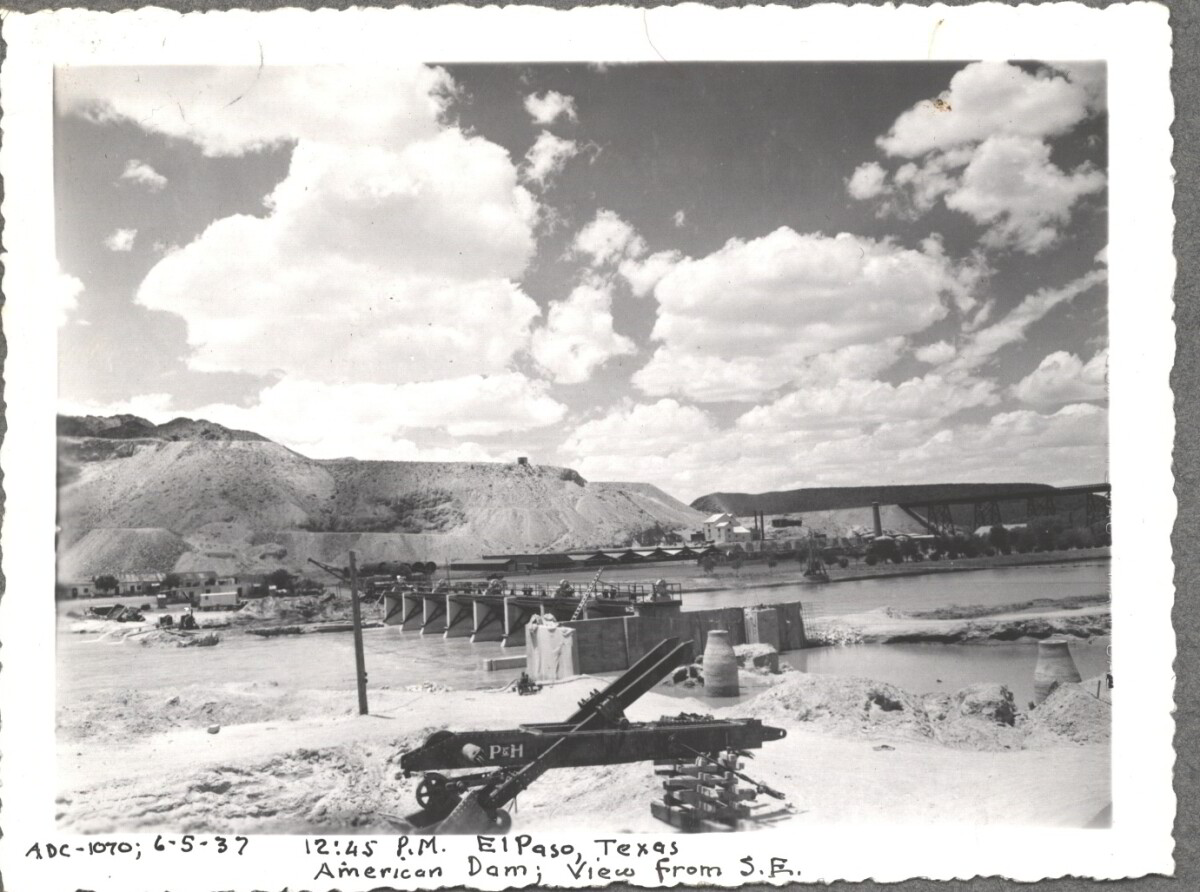
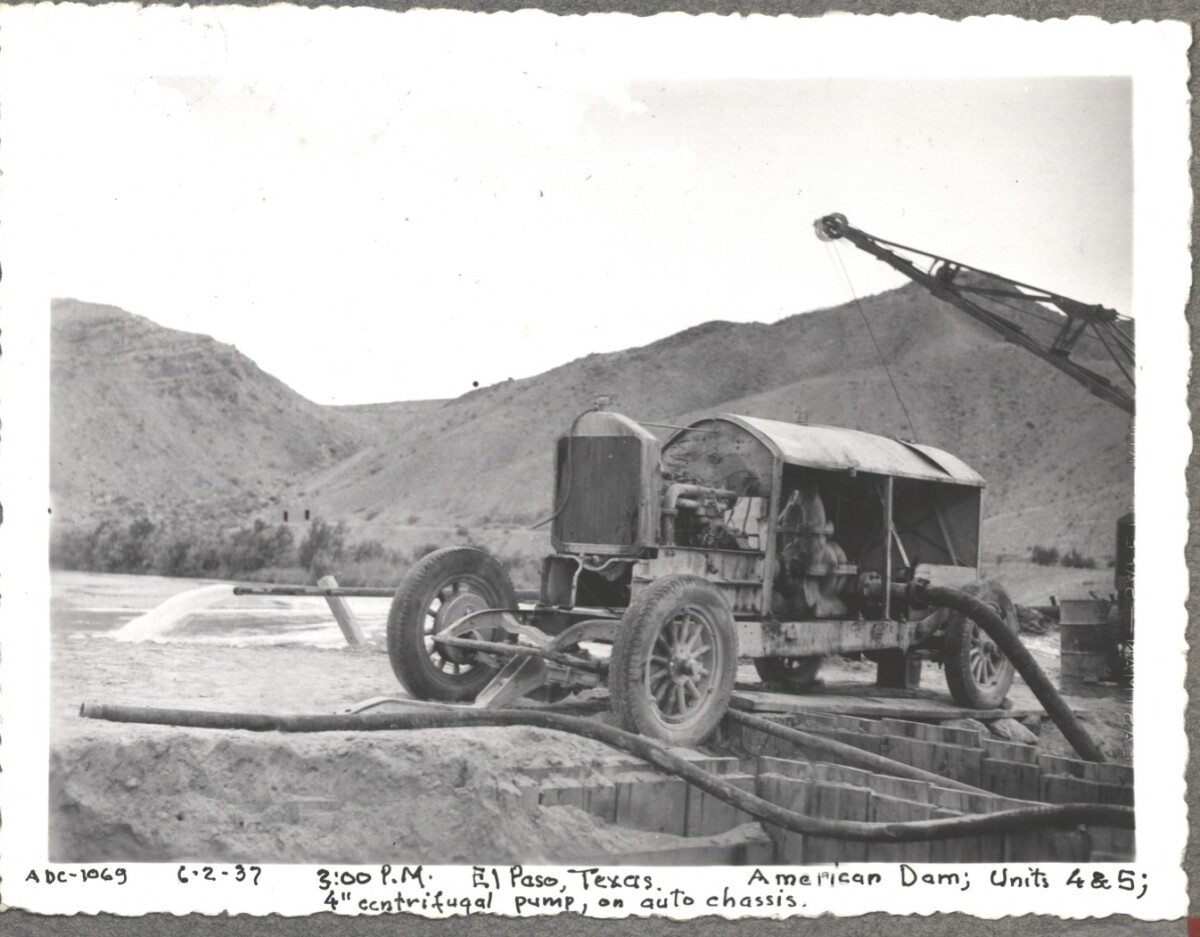

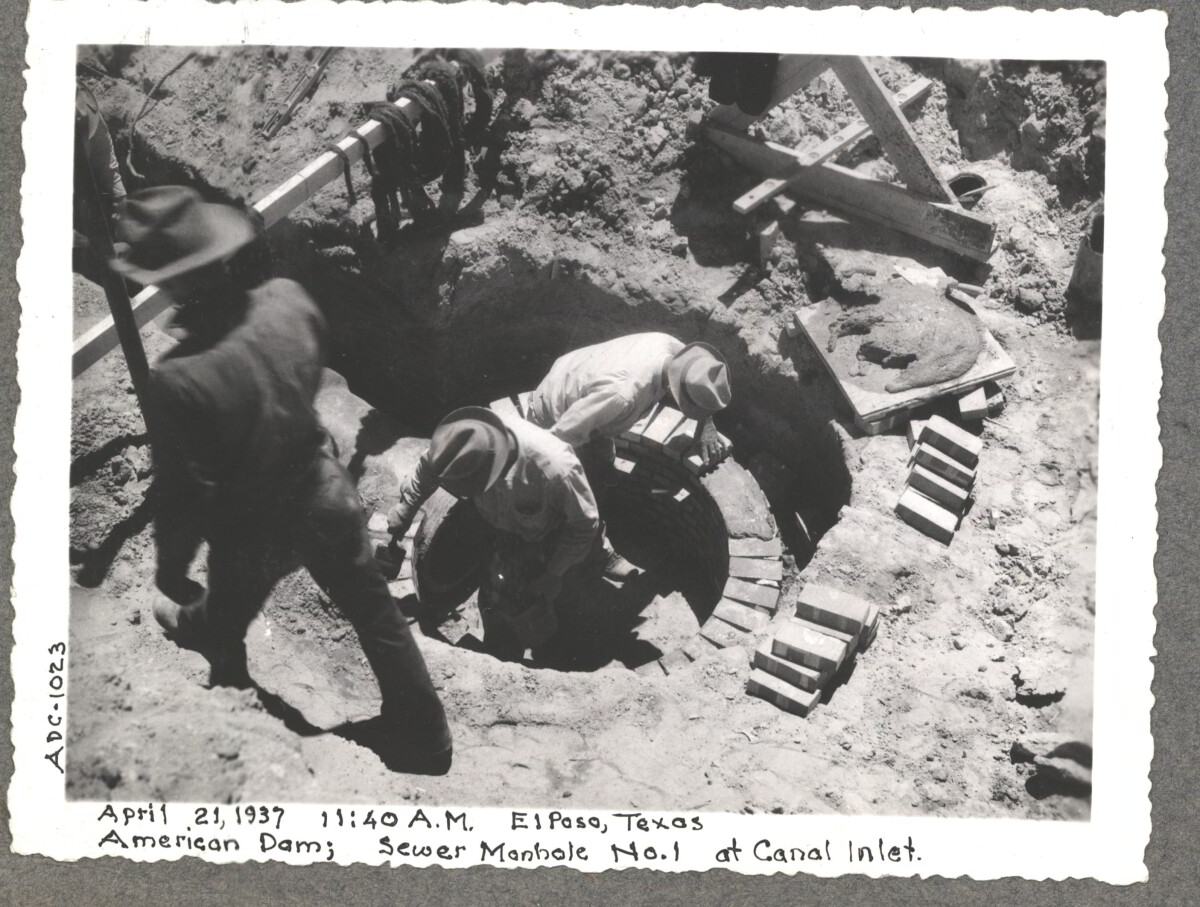
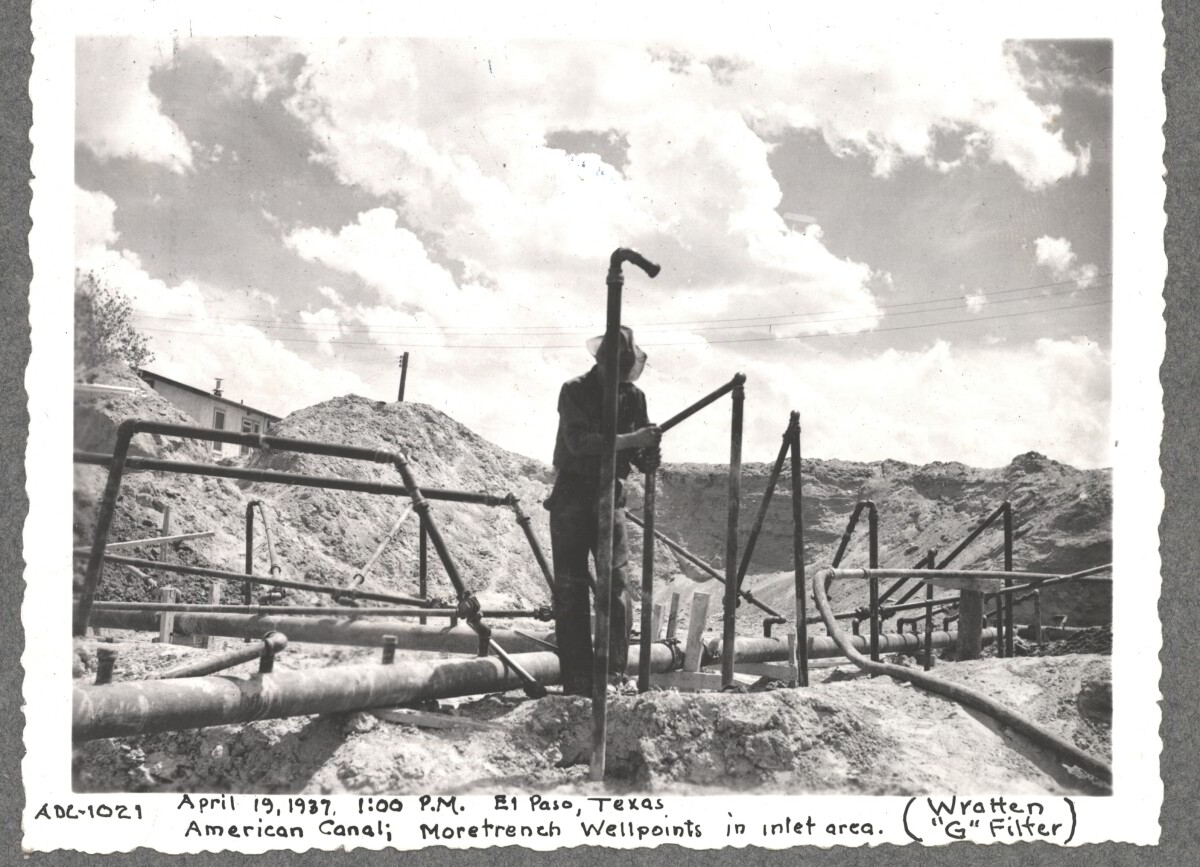
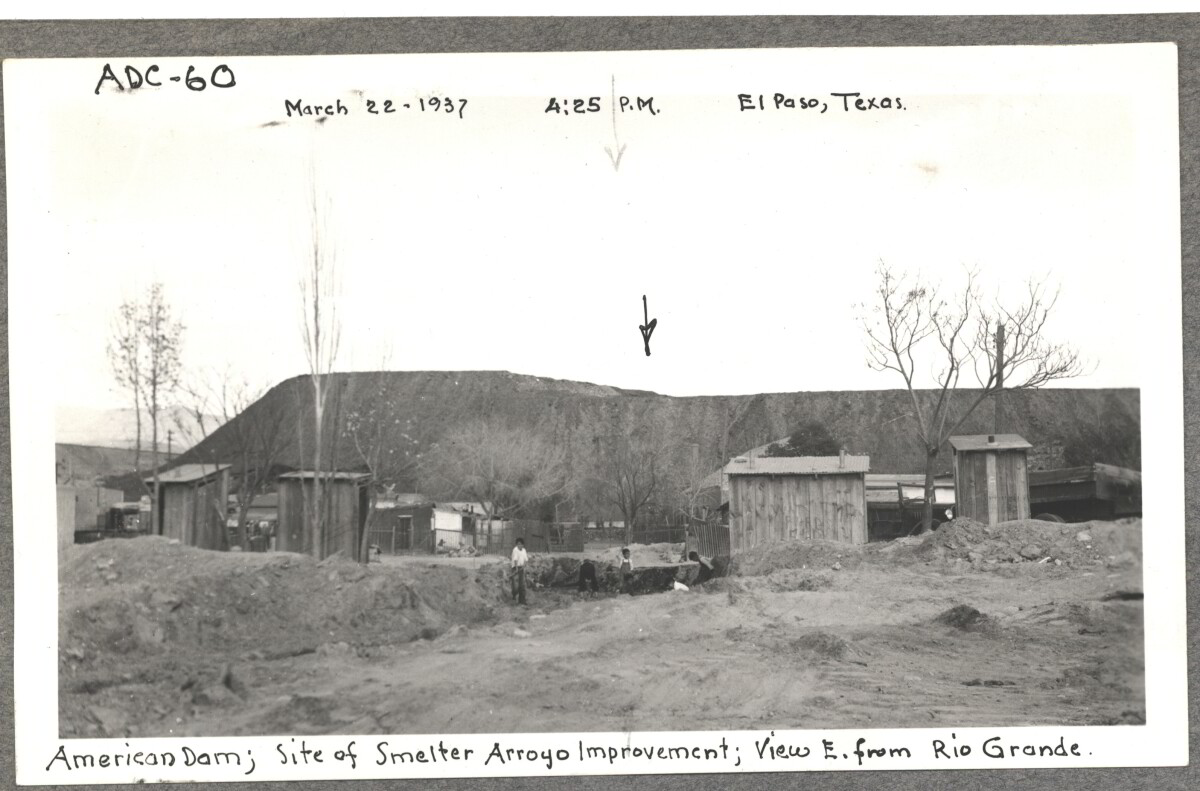
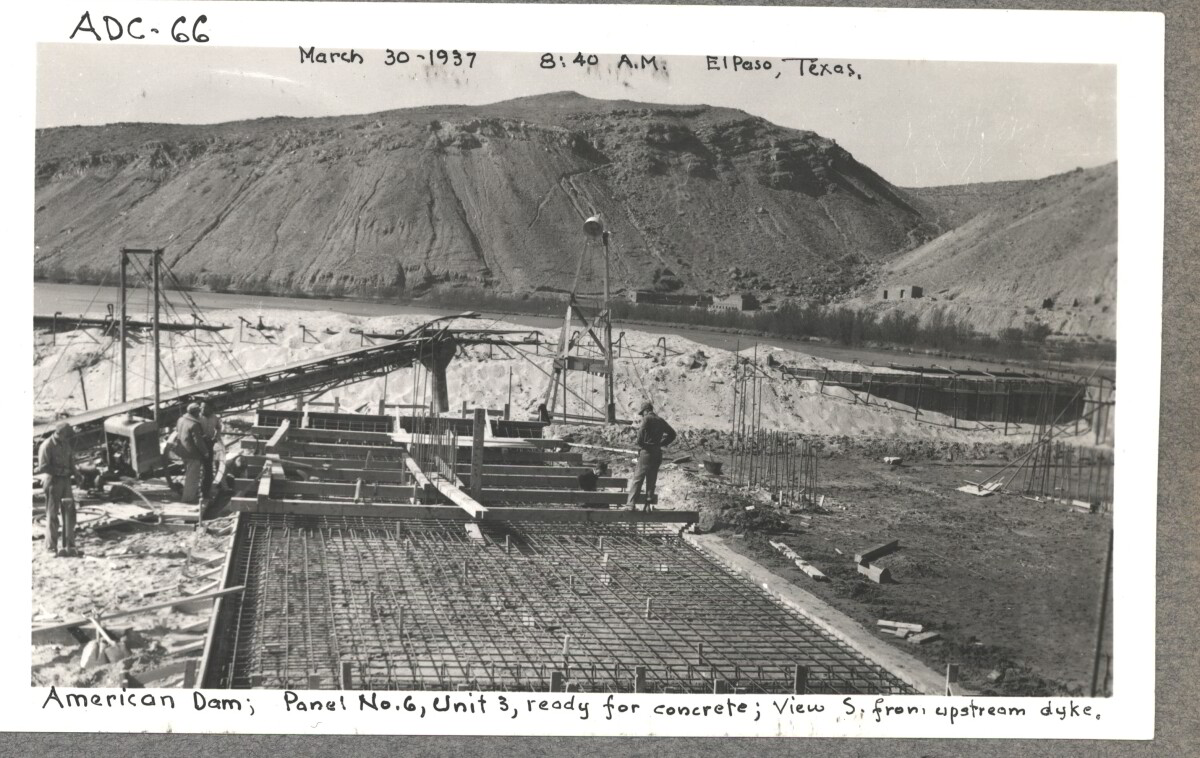
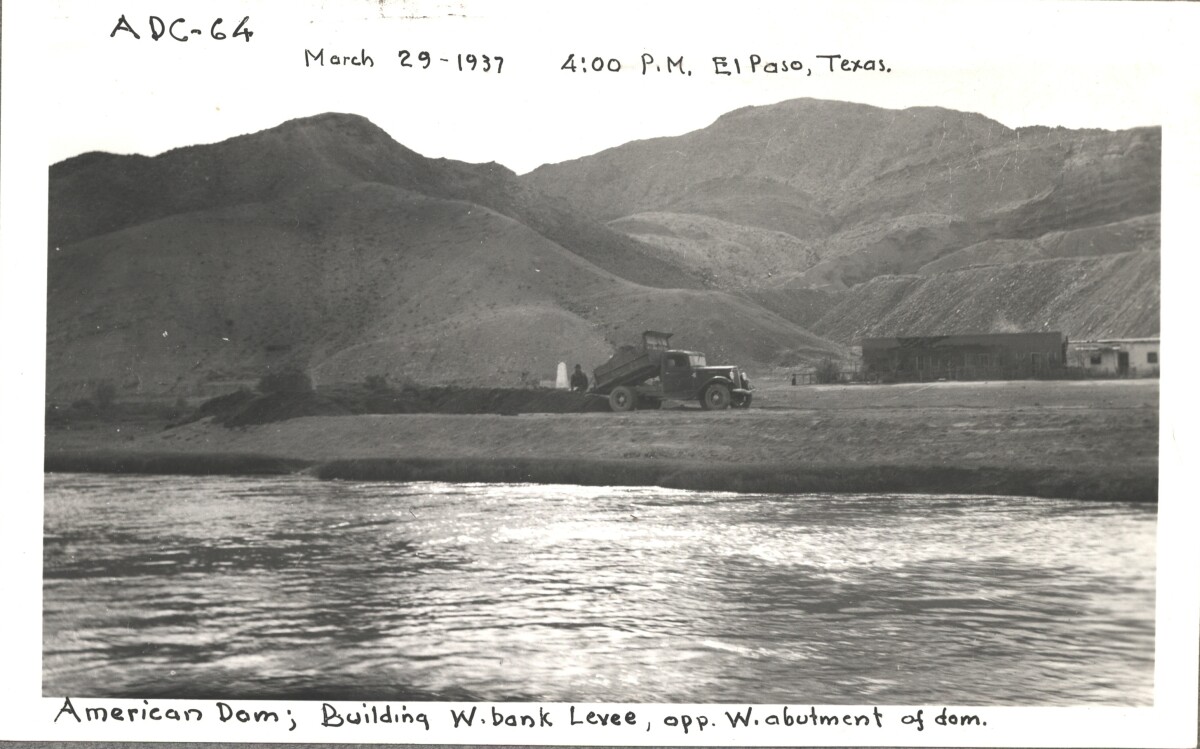
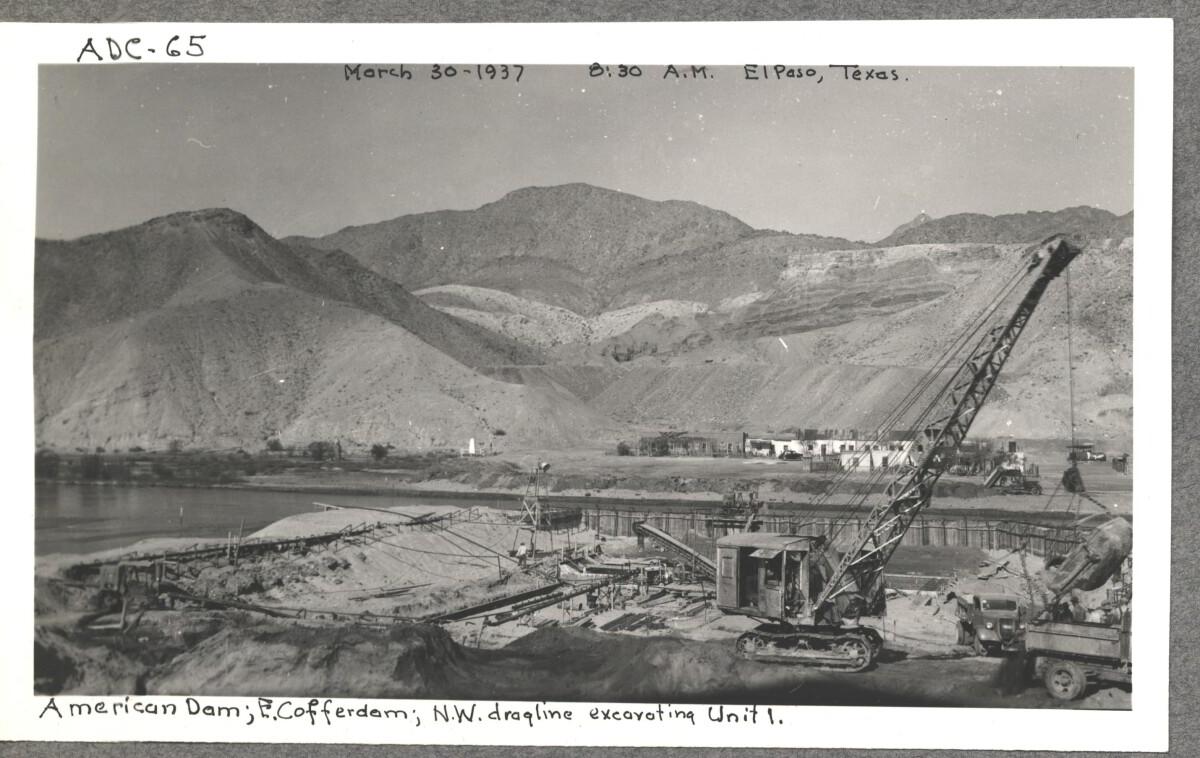
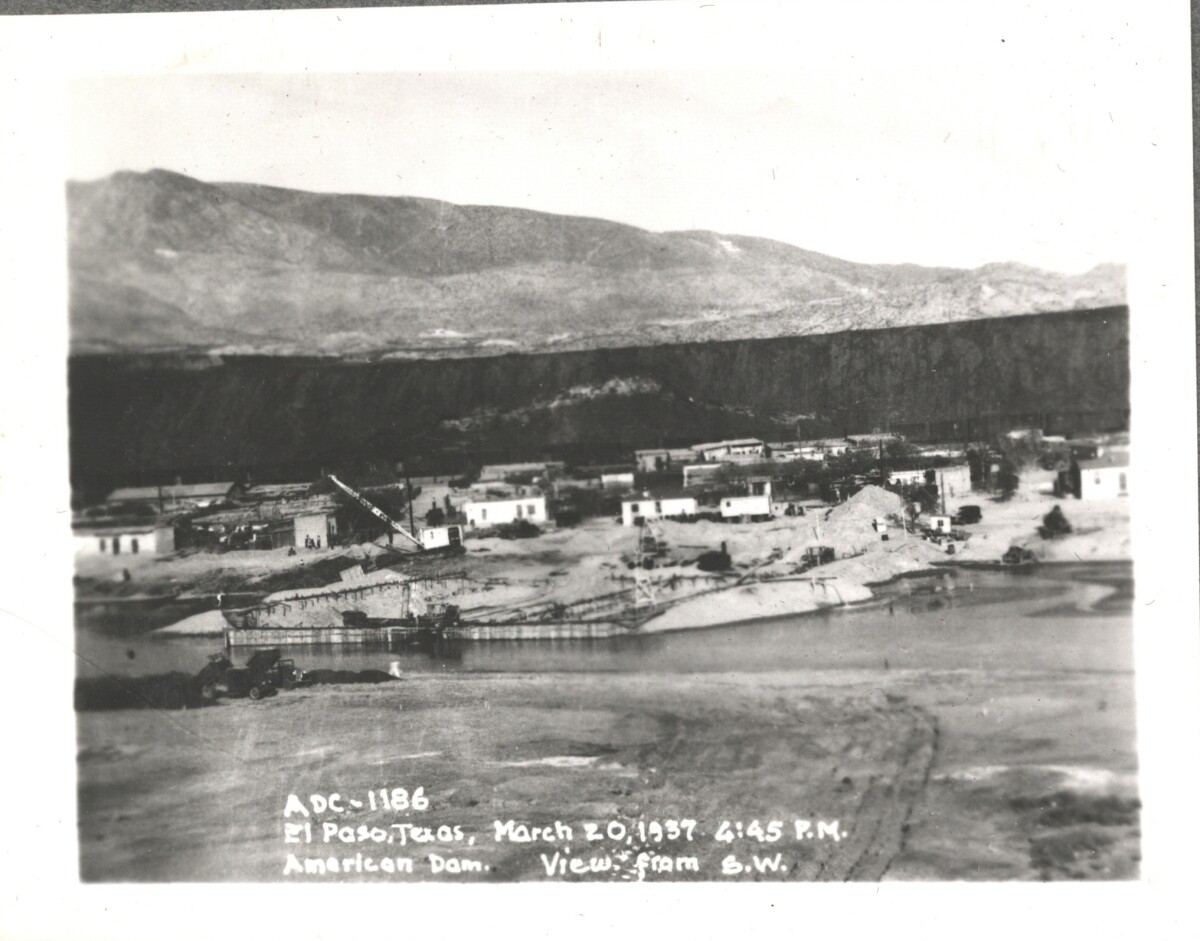
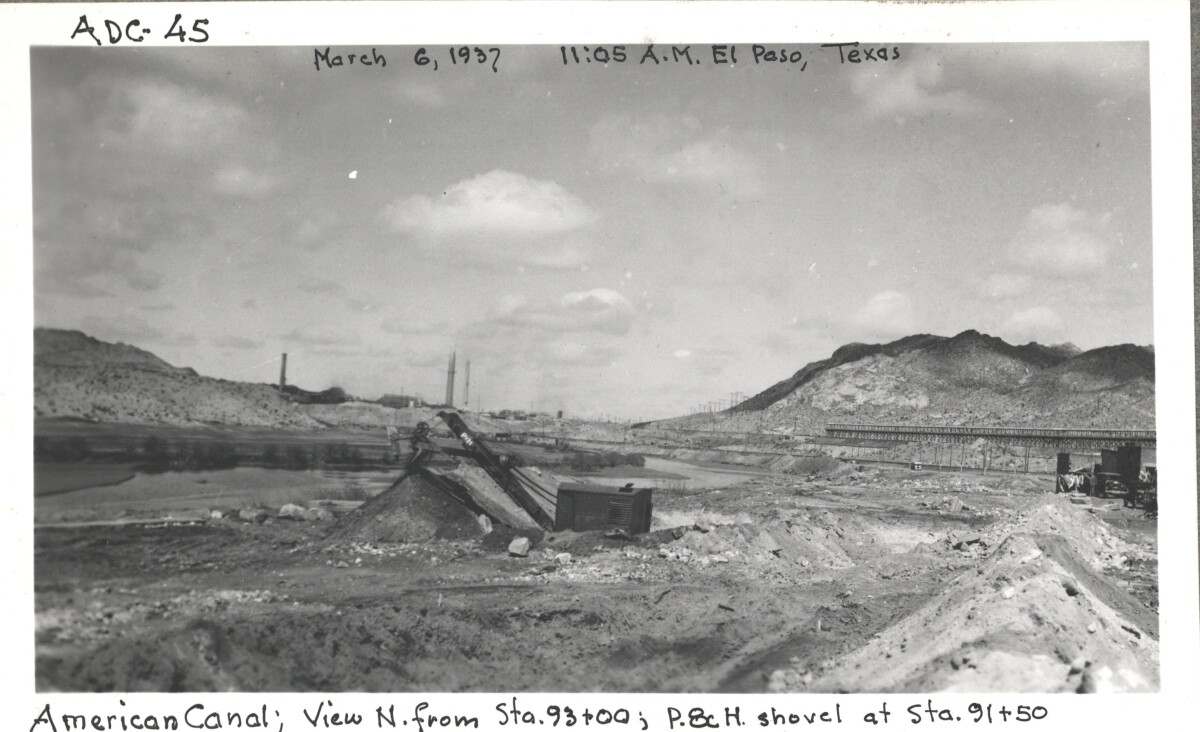
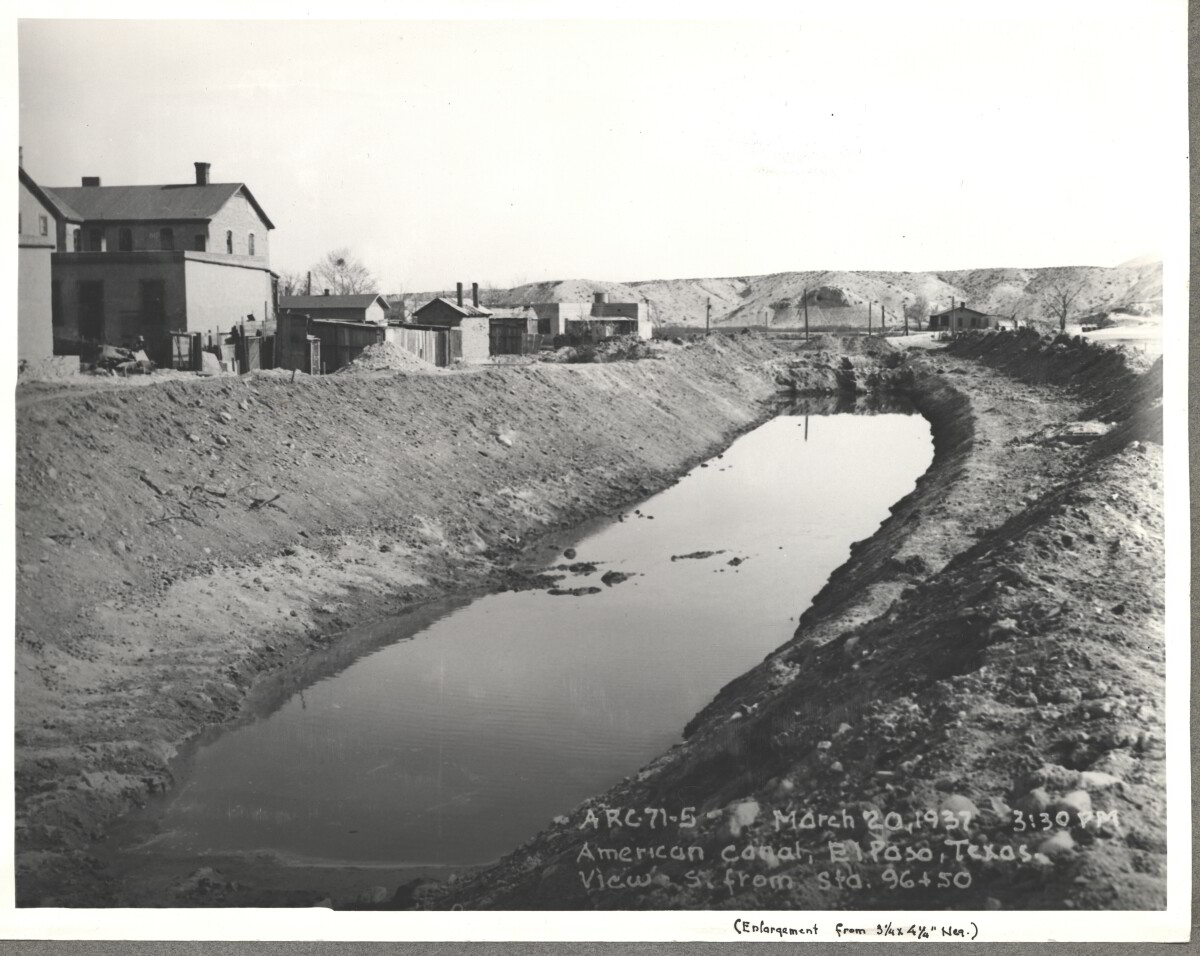
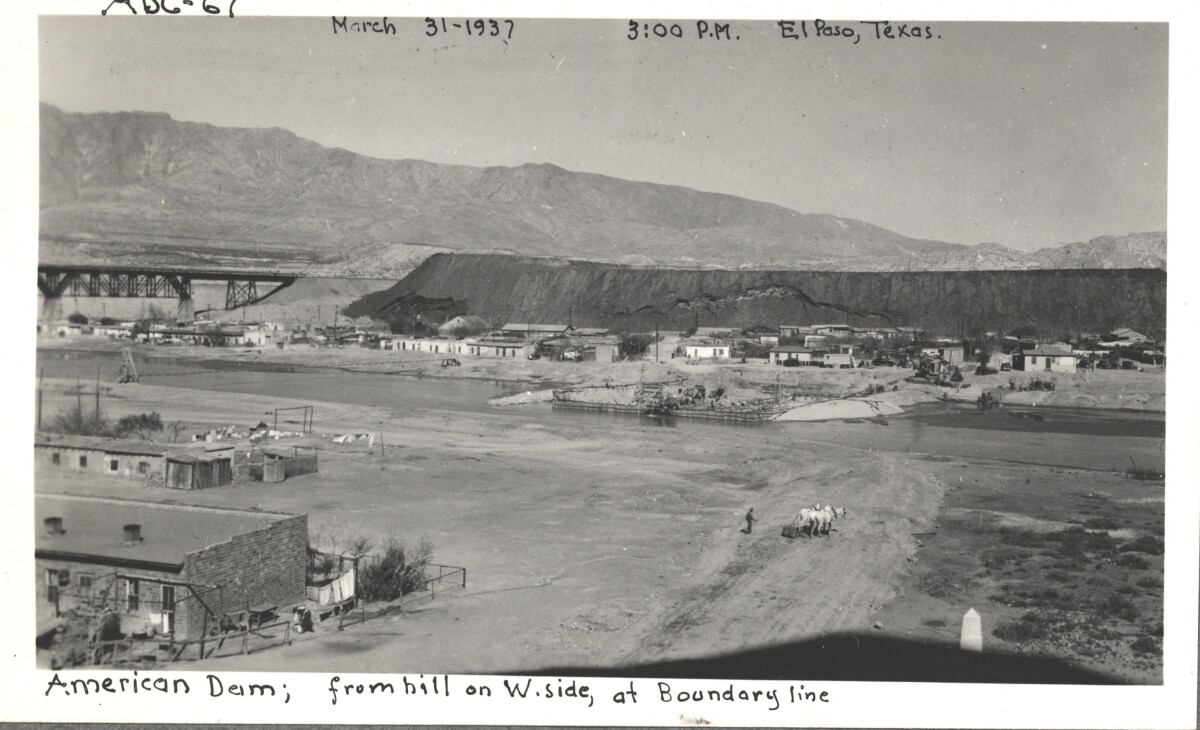
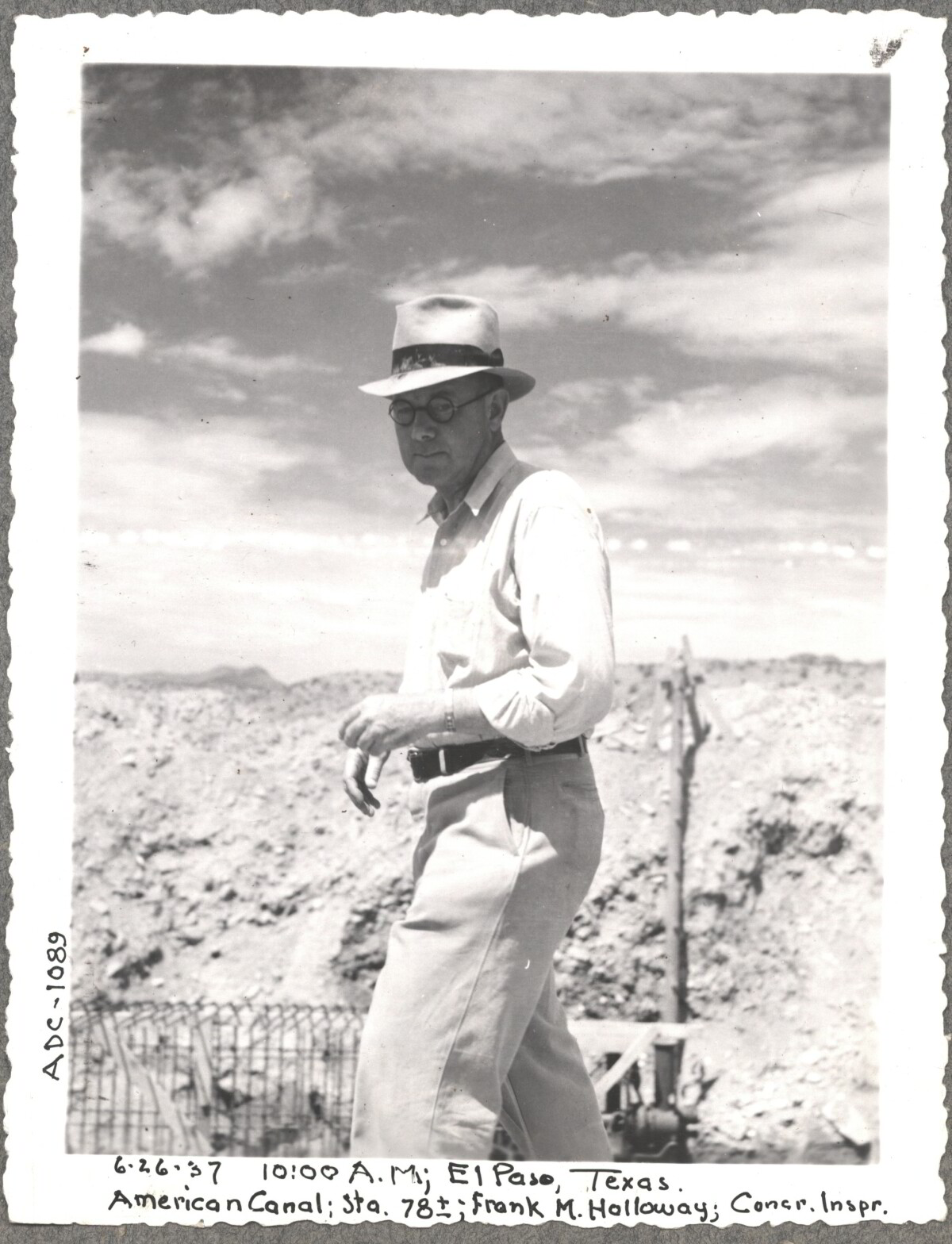
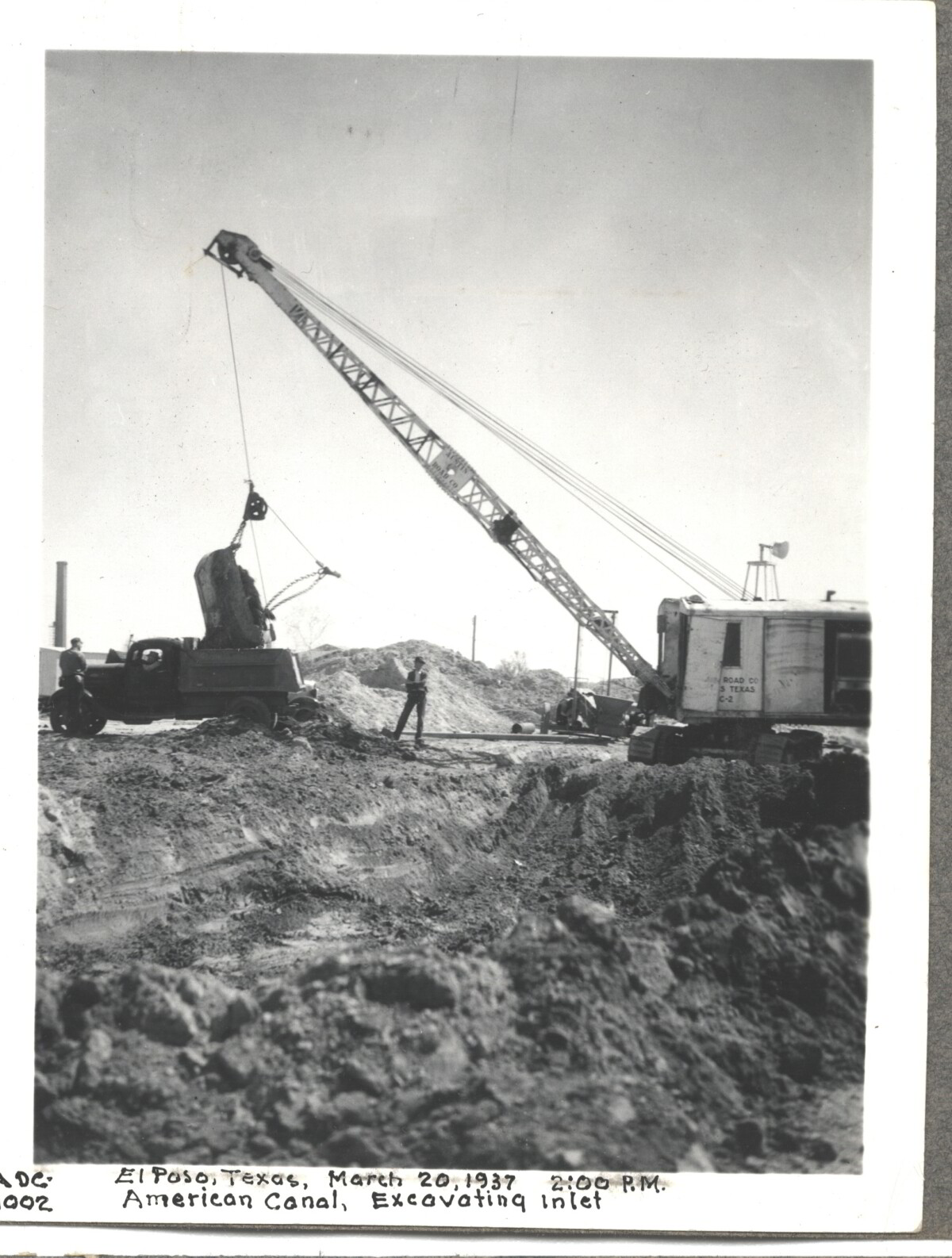
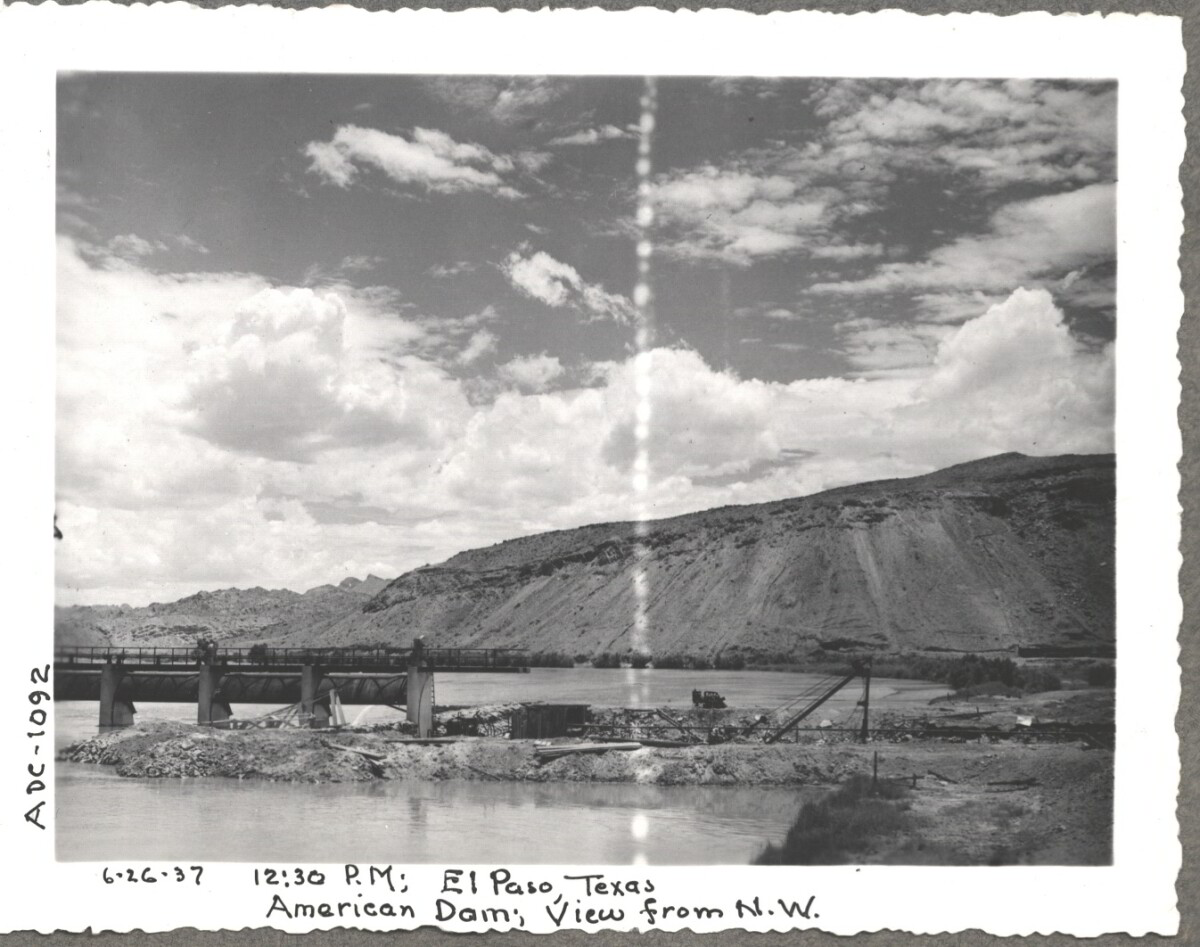
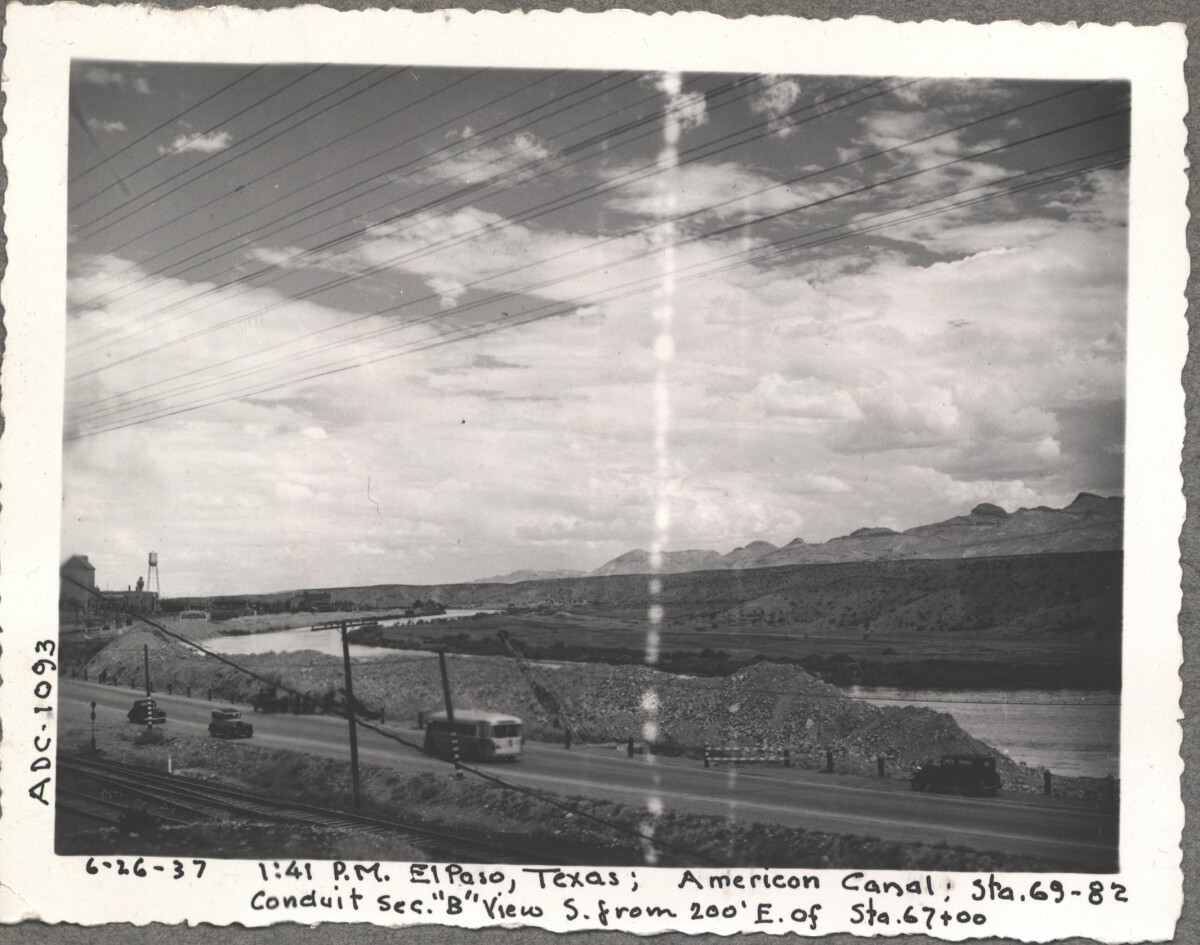
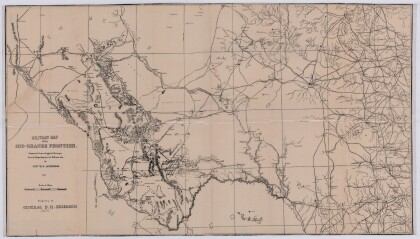
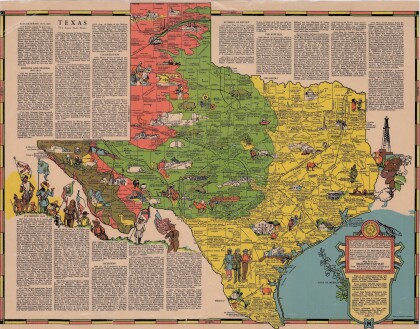
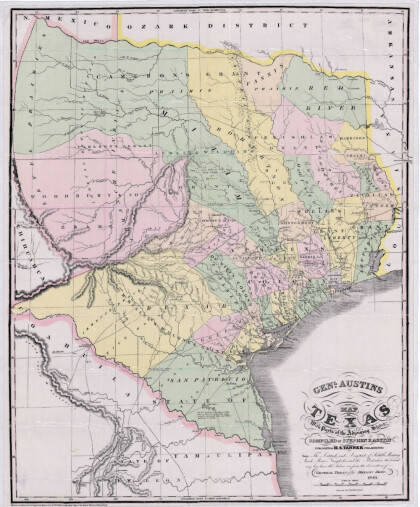
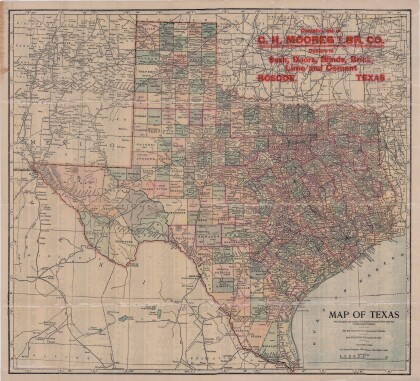
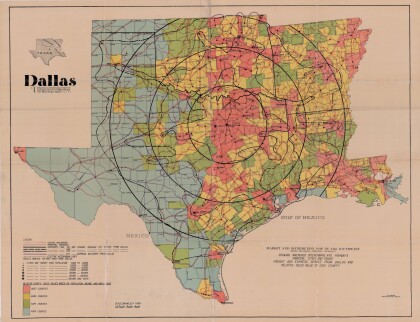
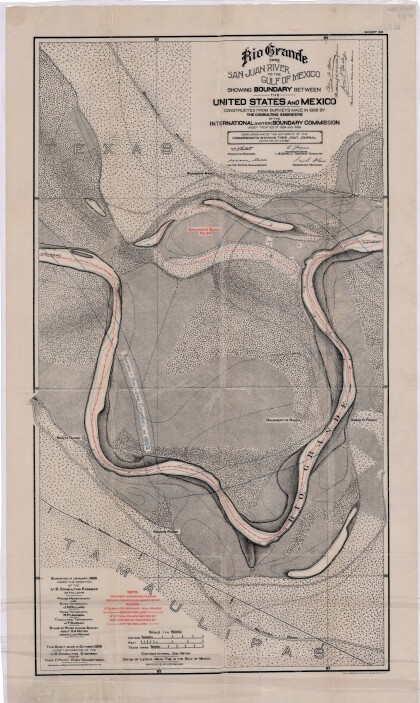
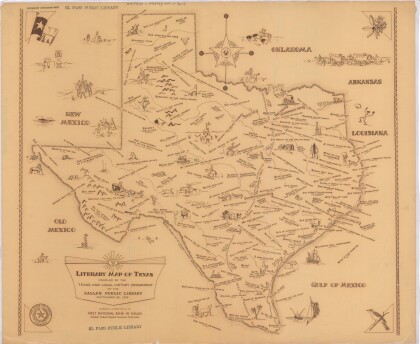
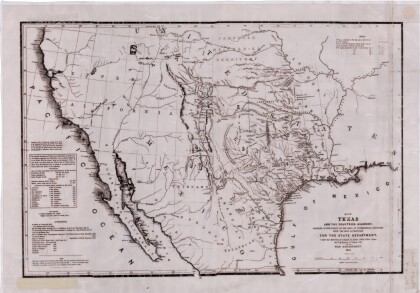
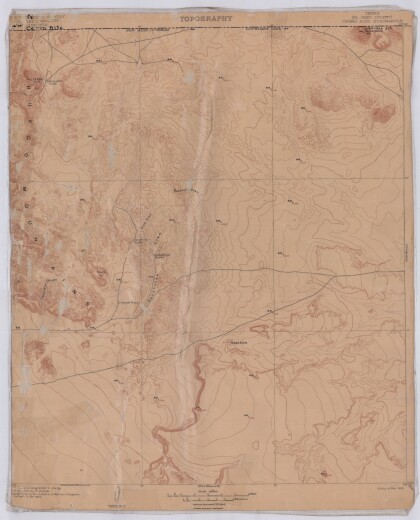


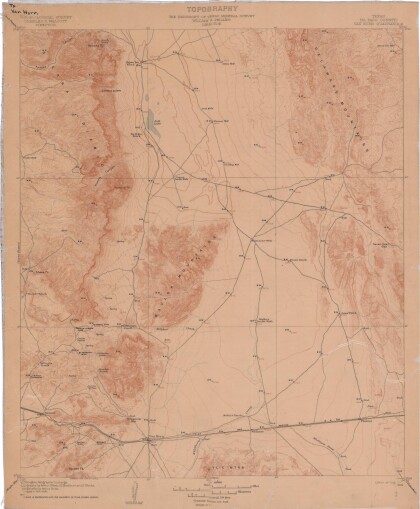



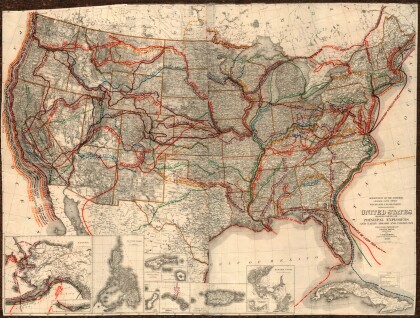
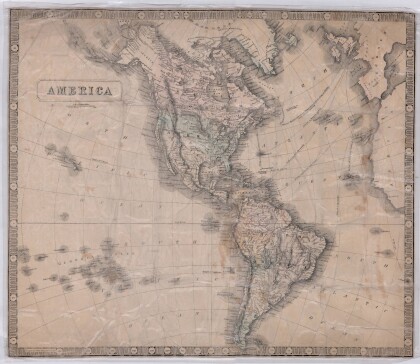
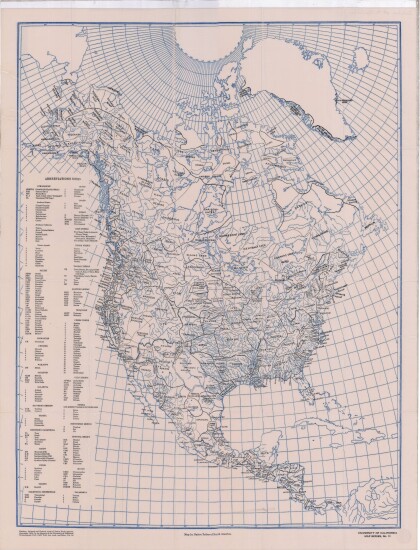

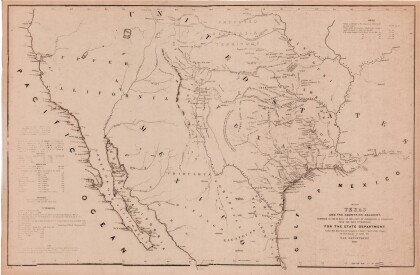
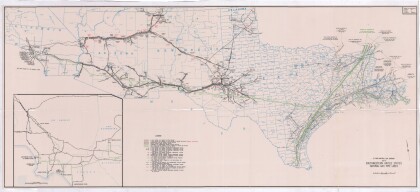


Comentarios
Hacer un comentario